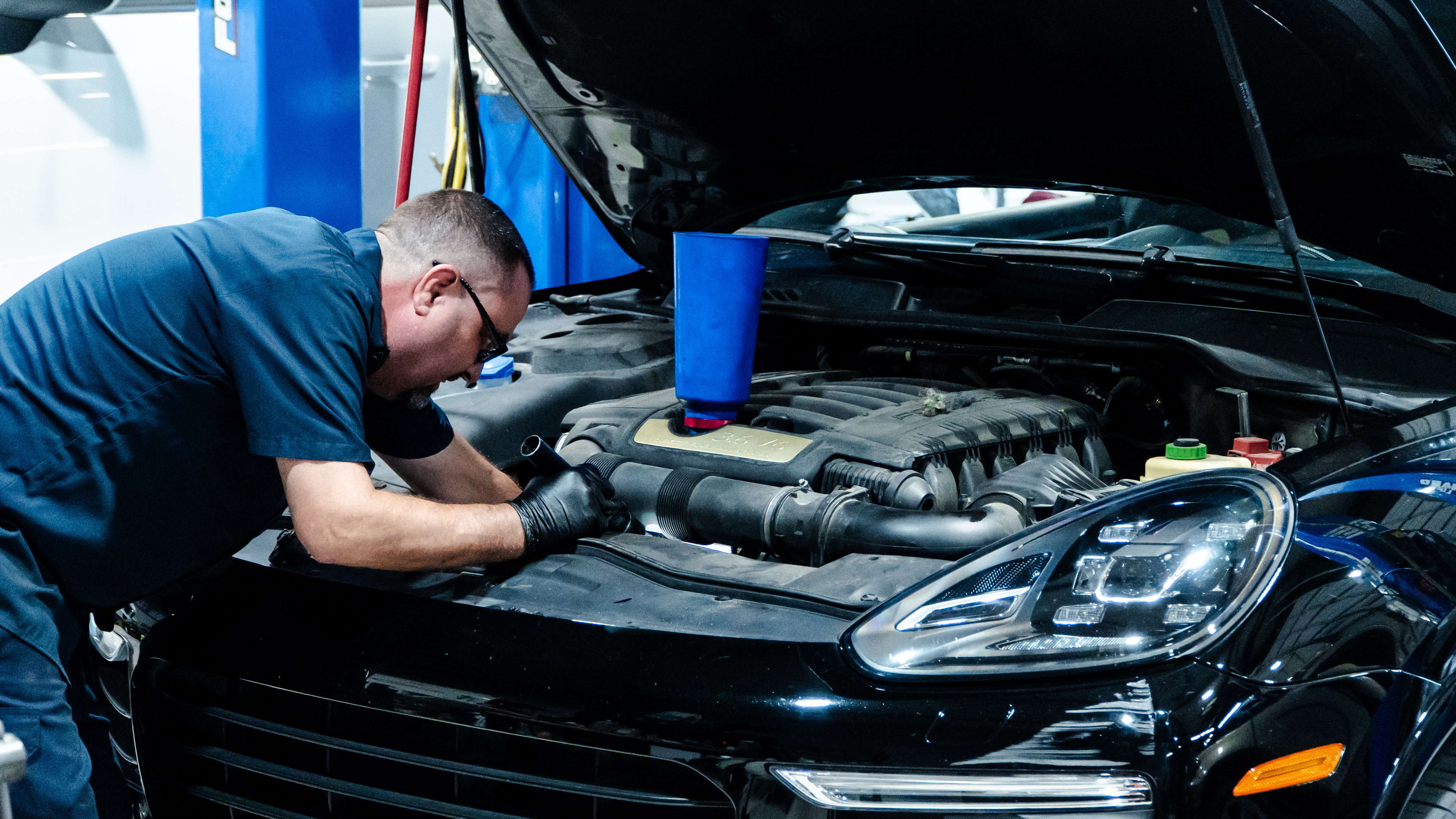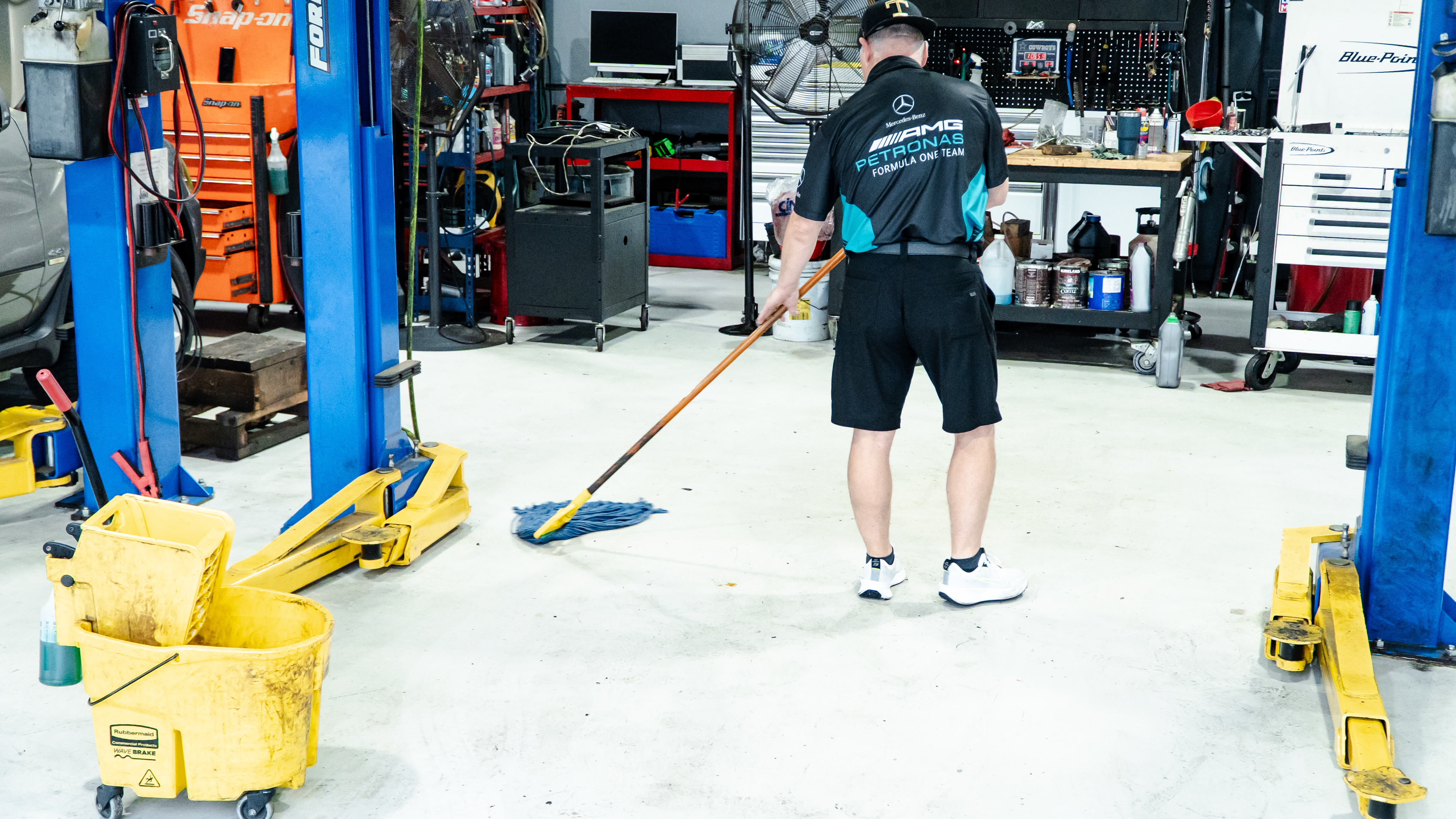Variable valve timing is a common feature on many Mercedes and BMW engines. By altering valve lift and valve duration at crucial moments, variable valve timing helps improve engine performance as well as increase fuel economy.
BMW’s version of variable valve timing is “Variable Nockenwellen Steuerung,” or VANOS for short. Over time, parts of the VANOS system can wear down, eventually leading to the dreaded “VANOS rattle” that many BMW owners fear. If your BMW suffers from VANOS rattling, then read on to find out how it affects your vehicle and what steps you can take to fix the problem once and for all.
How Does VANOS Work?
To get an idea of what causes VANOS rattling, you first need to know how the variable valve timing system works. VANOS consists of a camshaft gear that operates independently of the intake cam, a splined shaft that slots into the cam gear and a solenoid that controls oil flow to the VANOS shaft.
At idle, VANOS is disengaged and the intake cam operates normally. At moderate engine speeds, oil flow through the VANOS solenoid increases, pushing the VANOS shaft further into the cam gear. This action advances the intake valve timing for better fuel efficiency during cruising. The VANOS shaft also retracts at higher RPMs, adjusting the valve timing for optimal engine performance.
What Causes VANOS Rattling?
As you can imagine, the VANOS hardware gets a vigorous workout throughout its life. As a result, there are plenty of ways for the VANOS system to wear out and make noise. The most common cause of VANOS noise involves excessive wear between the cam gear and VANOS shaft. Excessive axial play can also develop over time, leading to camshaft lash and the telltale VANOS rattle.
The internal components within the VANOS solenoid itself are also vulnerable to wear and tear. The pistons, seals, and bearings within can also fail with age and use, eventually leading to VANOS rattling, if not complete failure of the variable valve timing system.
Engines fitted with high-performance camshafts are not only more susceptible to VANOS rattling, but the noise will likely be worse due to the higher cam lift and greater instances of camshaft lash.
What Are the Warning Signs?
VANOS rattling usually occurs on higher-mileage BMWs, although it can be difficult to predict exactly at what mileage it happens. Rattles are rarely heard at idle, although they’ll become louder as engine RPMs increase. A typical VANOS rattle usually sounds like a bunch of marbles rattling around in a plastic bucket. A noisy VANOS may drive you up the wall while driving, but it won’t result in poor performance or engine damage, in most cases.
Signs such as a check engine light, rough idling, or a noticeable decrease in low-end power are usually a prelude to complete VANOS failure. If you’re experiencing these issues in addition to rattling noises, then you’ll need to have the entire VANOS system serviced as soon as possible.
How Can You Fix the Problem?
Regularly scheduled service can help keep most VANOS problems at bay, but that annoying VANOS rattle is likely to happen sooner or later. Servicing VANOS isn’t for the faint of heart, however. If a rattle is present, you should let your mechanic inspect the VANOS system and make any repairs or replacements that are needed. Installing new VANOS hardware usually eliminates the rattling noises.
VANOS is an amazing feature that gives your BMW engine better performance and efficiency, so it only makes sense to keep it in great shape for as long as possible. If you’re experiencing the dreaded VANOS rattle or if you just need regular service for your vehicle, get in touch with Chris’ Car Care. We offer expert repairs and service for BMW, Mercedes, and other German vehicle makes.


